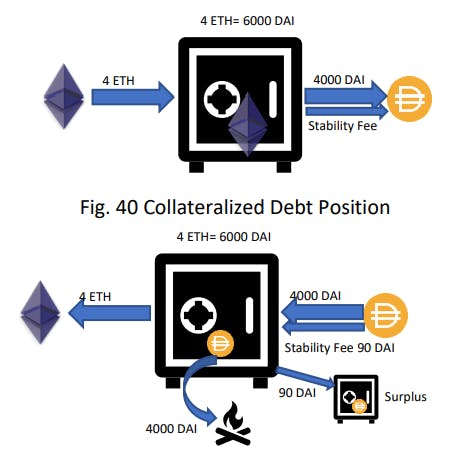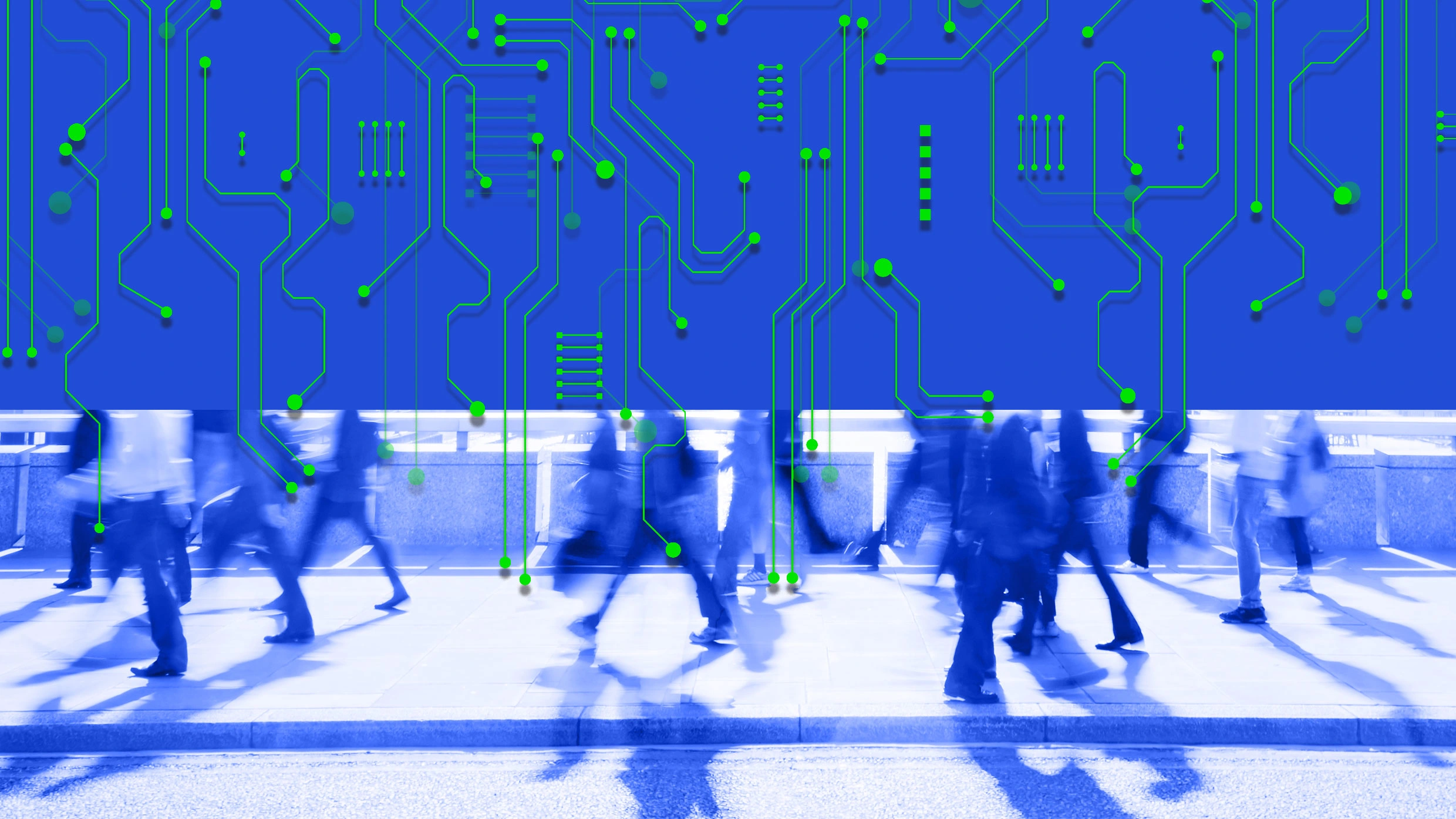Sociotechnical design in software development emphasizes creating systems where people and technology thrive by fostering collaboration, emergent coherence, and shared understanding through enabling constraints, leading not only to improved architecture but also to more effective, adaptive, and fulfilling work. At the OOP Conference, Xin Yao gave a talk about sociotechnical design and change facilitation.
Today’s software professionals navigate a maze of technical, business, and social complexity. According to Xin Yao, thriving in this environment requires more than technical and business expertise, where sociotechnical design helps us deal with these challenges.
Sociotechnical design is about intentionally building systems where both people and technology thrive, where the well-being of the social system is not just a means to better software, but a goal in itself, as Yao explained:
It recognizes that software isn’t just shaped by code and business needs, but by the way teams work, talk to each other, and make decisions. Good architecture evolves in steps with human collaboration.
At its core, sociotechnical design balances structure and autonomy, providing enough stability for coordination while leaving room for adaptation and variability. It’s like jazz, Yao said: there’s a frame, a key, a time signature, guiding constraints, but within that, musicians improvise, respond, and co-create. Too much control, and the system becomes rigid; too little, and it collapses into chaos.
Like traditional software architecture, coherence is a desirable trait in sociotechnical architecture, parts fitting into the whole, Yao said. While traditional approaches impose coherence top-down and upfront, sociotechnical architecture lets it emerge bottom-up through enabling constraints, which set the conditional disposition for coherence before system-wide constitutive and governing constraints take shape (Alicia Juarrero’s Constraints Framework).
Yao mentioned that enabling constraints such as explorative design, reflective conversations, participatory modeling, and languaging shape the information itinerary, i.e. how knowledge flows through the system and how relationships complexify. These interactions de-scale decision-making, allowing teams to navigate uncertainty, surface meaningful distinctions, and refine their mental models together:
Instead of predetermining structure, this approach nurtures local coherence, where architectural insights emerge in context before solidifying.
Yao provided a concrete example of sociotechnical principles improving software architecture:
Let’s take a real-world scenario: a company drowning in microservices chaos. They had perfectly decoupled services, each team owned its own neatly bounded context, but the business was struggling. Why? Because teams had accidentally over-decoupled, losing sight of the big picture.
Critical workflows spanned multiple services, requiring constant handoffs, breaking user experiences, and making even small changes a bureaucratic nightmare, Yao said. Instead of another “back to modular monolith initiative”, they applied sociotechnical principles – starting with enabling constraints.
Yao mentioned that they introduced reflective conversations, participatory modeling, and context-mapping workshops where developers, product folks, and even customer support sat together. People asked deep questions, threw each other curveballs to surface doubts, concerns, and discussed the undiscussables:
The goal was to rediscover the essential connections and opportunities, what is my place, and our place in the whole story.
It turned out that some teams were splitting services not because of business needs, but because the team leads made unvalidated assumptions about each other’s unwillingness to reconcile priorities, Yao said.
With newfound shared understanding, teams self-reorganized around actual business flows. Some services merged, others redefined their interfaces, she said. Constitutive constraints emerged as stable cross-team communication patterns, and over time, governing constraints sustained a balance between autonomy and alignment.
The result was faster delivery, fewer dependencies, and happier teams. The software architecture didn’t just get better; the work got better. And it all started with asking better questions together, Yao concluded.
InfoQ interviewed Xin Yao about dealing with sociotechnical design.
InfoQ: How is sociotechnical design different from software design?
Xin Yao: Unlike conventional software design, which often treats systems as allopoietic – engineered from the outside with developers as production factors, sociotechnical design embraces an autopoietic perspective (Humberto Maturana: Autopoiesis and Cognition).
We are part of the bigger system we design. The well-being of software creators isn’t just a means to better software; it is an end in itself.
InfoQ: Technical debt is often framed as purely a code issue, but your talk suggests it’s also a sociotechnical problem. Can you explain how technical debt is influenced by social dynamics, and how teams can address it more effectively?
Yao: Technical debt often arises from rushed decisions due to disparate perspectives, unvalidated assumptions, and a lack of collaboration for in-depth design probes.
Addressing it requires improving communication, decision-making efficacy, and cross-team relationships – not just refactoring code.











